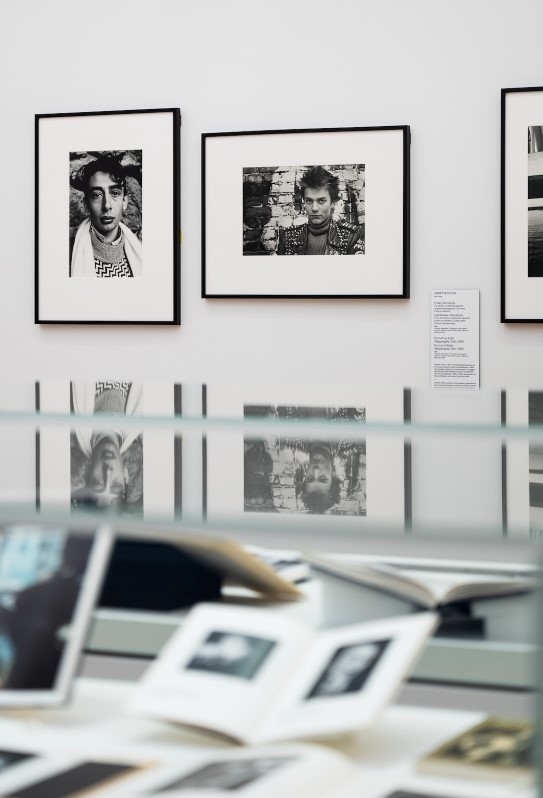Free photography, Christiania Camera Club and Documentary Photography

Transcription
Narrator:
In the 1970s and 80s, there was a shift towards documenting an event in a more personal and subjective perspective in Norwegian photography.
Eva Klerch Gange, art historian at the National Museum, tells us more...
Eva Klerck Gange:
The photographs in this room are mainly from the 1970s and 80s. We also wanted to add in an international context, so therefore most of the photographers displayed have a connection to Norway, either indirectly or directly.
One example is with Nan Goldin - She’s a very well-known photographer and is known for studying her own personal life. In 1991 she was at a workshop where 100 female photographers in the Nordic countries gathered to have a workshop on Who am I? and Who am I in relation to others?
Narrator
The photographers in this room didn’t document images as it had been customary to do so. Instead, they chose a more personal way of storytelling – a subjective, personal, and close approach.
Eva Klerck Gange:
Traditional documentary photography is very strong. But... You can also have a subjective approach to documentary photography where you can choose completely different types of historical events - You can simply choose from an inner emotional state and document what is very clear.
For example, in one portrait, Annette Faltin documents a young boy in 1982 standing outside a house at Skippergata, which at that time was occupied by squatters. So, it is a different form of documentation and subjectivity than the more descriptive stories that we were used to from documentary photography.
Narrator:
In the 1970s, artistic free photography gained a foothold in Norway, but its origins came from much earlier...
Eva Klerck Gange:
In 1921, an organization called the Christiania Camera Club was established. They were supposed to work on pictorially free photography, which was not related to commissioned photography.
This is the other part of the subjective – and was influenced by Pictorialism.
Pictorialism was a direction in photography where you were supposed to process the photograph a lot. The outcome became more artistic. It was supposed to be the equivalent of impressionism in painting. That is where today's free photography also has a lot of its origins... and...
artistic photography has had many different meanings over the years, and there is a concrete definition of free photography that the Association of Free Photographers had in its statutes at the time, and it was important for them to separate themselves from other photography.